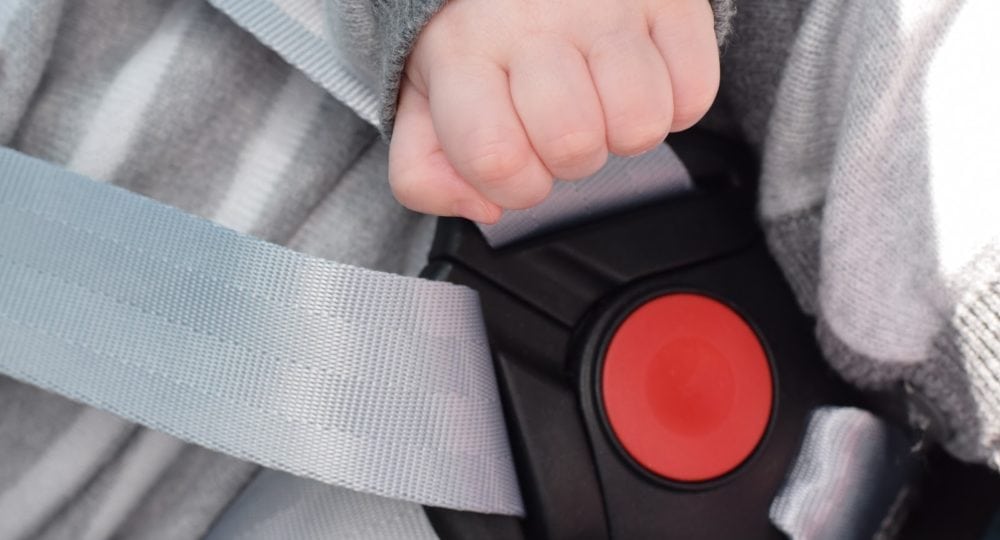September 23rd – 29th has been designated as Child Passenger Safety Week by the National Highway Traffic Safety Administration (NHTSA). According to NHTSA, car crashes are the leading cause of death for children ages 1 through 13 and many times, injuries and deaths can be prevented by proper use of car seats/booster seats and seat belts.
To help prevent injuries, NHTSA is focusing on education on car seat/booster seat selection, direction, location, installation, and harnessing as outlined in the sections below. They have designated Saturday, September 29th as National Seat Check Saturday. More details can be obtained here.
Car Seat/Booster Seat Selection:
- If purchasing a used car seat or booster seat, never use one that has been involved in a moderate/severe crash.
- Be sure that no labels are missing from the car seat.
- Note that car seats do expire – be sure that the car seat you are purchasing has not expired and you replace car seats that may have already expired.
- Be sure that the car seat is appropriate for your child’s age, height, weight, and developmental level. Click here for help determining the proper type of car seat for your child.
- Register your car seat with the manufacturer so you are notified of any recalls.
Direction:
- Be sure that your car seat is facing in the correct direction according to child’s age, height, weight, and development.
- NHTSA suggests that children ride rear facing as long as possible, using the upper limits of their seats.
- Children should also remain in harnessed car seats as opposed to booster seats for as long as possible according to the upper limits of their seats.
Location:
- Know where your car’s airbags are located – a rear facing car seat should never be placed in front of an active airbag.
- The middle seat is considered the best location for your child as it offers protection from side impact, although depending on the needs of other passengers, this may not be possible.
- Children under 13 should be placed in the back seat as it offers better protection from head on collisions.
Installation:
- Be sure that the car seat/booster seat is installed correctly – refer to the car seat manual when installing. An estimated 46% of car seats are estimated to have been installed incorrectly (NCRUSS, 2015).
- Car seats can be installed using lower anchors/tethers (‘u’ shaped anchors located in the vehicle), or via seat belts using the seat belt locking mechanisms. Both methods are equally safe if used correctly.
- To have you car seats installation verified, you can have a Certified Child Passenger Safety Technician check your car seat. Please click here to find a technician near you.
Harnessing:
- Seat Belts need to fit properly to be effective. The lap belt must lie snugly against the upper thighs, and the shoulder belt should lie snugly against the shoulder and chest.
- Car seat harness straps should originate at or below the child’s shoulders if rear facing. If the child is forward facing, the harness straps should originate at or above the child’s shoulder.
- Be sure to tighten the webbing of the car seat harness after the child is in the car seat. Test to be sure it is secured properly by pinching the webbing at the shoulder – if you are able to pinch it, it is not tight enough.
Children’s lives are precious gifts. Make their safety a top priority!





